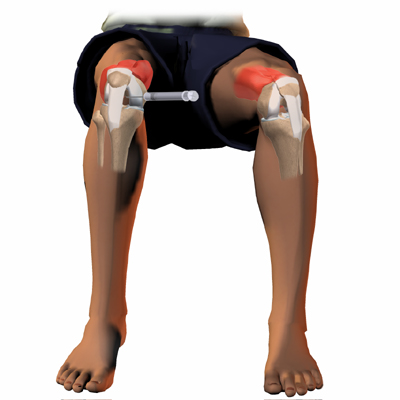Doctors recommend injections of corticosteroids (also commonly known as cortisone) for many arthritis patients. Cortisone is a powerful anti-inflammatory medication that can reduce joint inflammation. Because the medication is injected directly into the joint, the effects of the medication are concentrated on the painful joint. The injected cortisone can bring the inflammation in the joint under better control and decrease the swelling and pain.
These injections involve putting a needle directly into the joint. Through the needle, your doctor can remove excess synovial fluid (the lubricating fluid found in joints) and inject corticosteroid medication to help reduce the inflammation, pain, and swelling.
This process may sound risky. It is actually safe and fast. It involves little or no pain. And therapeutic injections have important benefits. They deliver the medicine to the exact spot that needs it. They also allow you to use lower and fewer doses of oral steroids, which are highly toxic.
Most doctors give only three to four injections per year in large, weight-bearing joints. This includes joints in your knee and hip. However, patients with arthritis pain that cannot be controlled in other ways can get injections more often.
The most common side effect from injections is a temporary increase in pain and swelling. Rest, cold packs, and anti-inflammatory drugs help this pain go away within four to twenty-four hours. Studies have shown that about 6 percent of arthritis patients who receive injections in their joints experience this passing pain. It is probably caused by the body's reaction to the corticosteroid crystals in the medicine. If you have problems with pain and swelling after injections, your doctor may want to change the type of corticosteroid in your next injection.
Another fairly common complication is mild, temporary flushing (sudden redness of the skin) and agitation. Injections can also make diabetic symptoms worse.
There is a chance that the injection can introduce an infection into the joint. However, the odds of this are very slight. Studies show infections following injections happen from 1 in 1000 to 1 in 1600 times. Still, infections in the joint can be very serious. It is important to have an experienced professional perform the injection.
Some doctors and patients have wondered if the cartilage and other tissues of the joints are damaged by injections into the joint. Studies have not shown this to happen.









